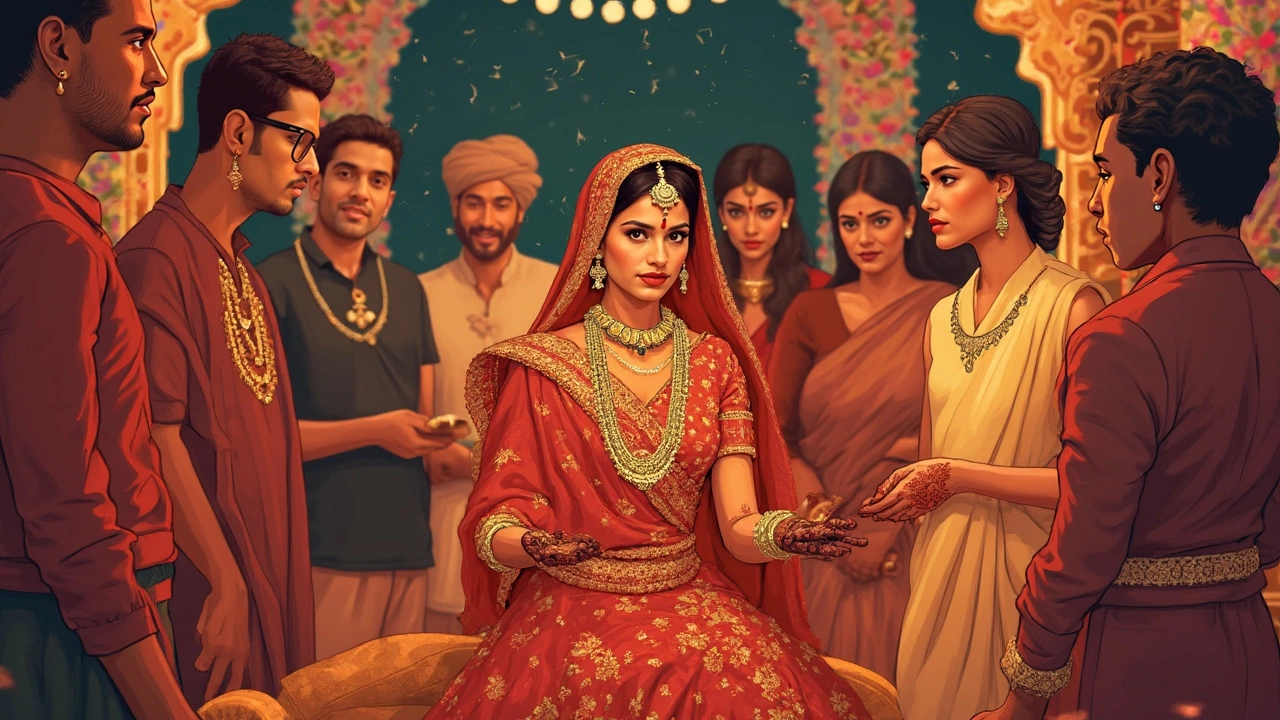Cultural Traditions in Indian Weddings and Jewelry
When talking about cultural traditions, the shared practices, rituals, and symbols that shape everyday life in a community. Also known as customs, they link generations, mark milestones, and give meaning to simple actions.
One of the most talked‑about customs is the Mangalsutra, a gold necklace tied by the groom that signals a woman’s married status. In many regions the mangalsutra also reflects family heritage, with specific pendant designs indicating the bride’s community. Knowing who gives, who ties, and what the design says can help anyone decode wedding photos or pick a piece that feels right for them.
Another instantly recognizable symbol is the Bindi, the red dot worn on the forehead that represents the third eye and spiritual focus. While often seen as a fashion statement, its roots lie in ancient Hindu belief, and the color or shape can convey marital status, prayer intentions, or festive joy. Today, the bindi travels beyond religion, becoming a global accessory that still carries its original aura.
Then there’s the Choora, the set of red and white bangles placed on a bride’s wrists during Punjabi ceremonies. The choora ceremony isn’t just about sparkle; it marks the bride’s transition from her family’s home to her new one, and the removal ritual later in the wedding day signals the end of that rite. Each bangle’s shade and the number worn hold local meanings, making the tradition a colorful storytelling tool.
All these symbols tie into a larger web of Indian wedding customs. From the gifting of bangles to the etiquette of applying sindoor, the details matter. Understanding how each practice fits into the broader cultural traditions gives you confidence whether you’re planning a ceremony, buying jewelry, or simply appreciating the depth behind a simple accessory.
Below you’ll find a curated list of articles that break down these customs, compare modern twists, and offer practical tips for anyone interested in the vibrant world of Indian cultural traditions.

